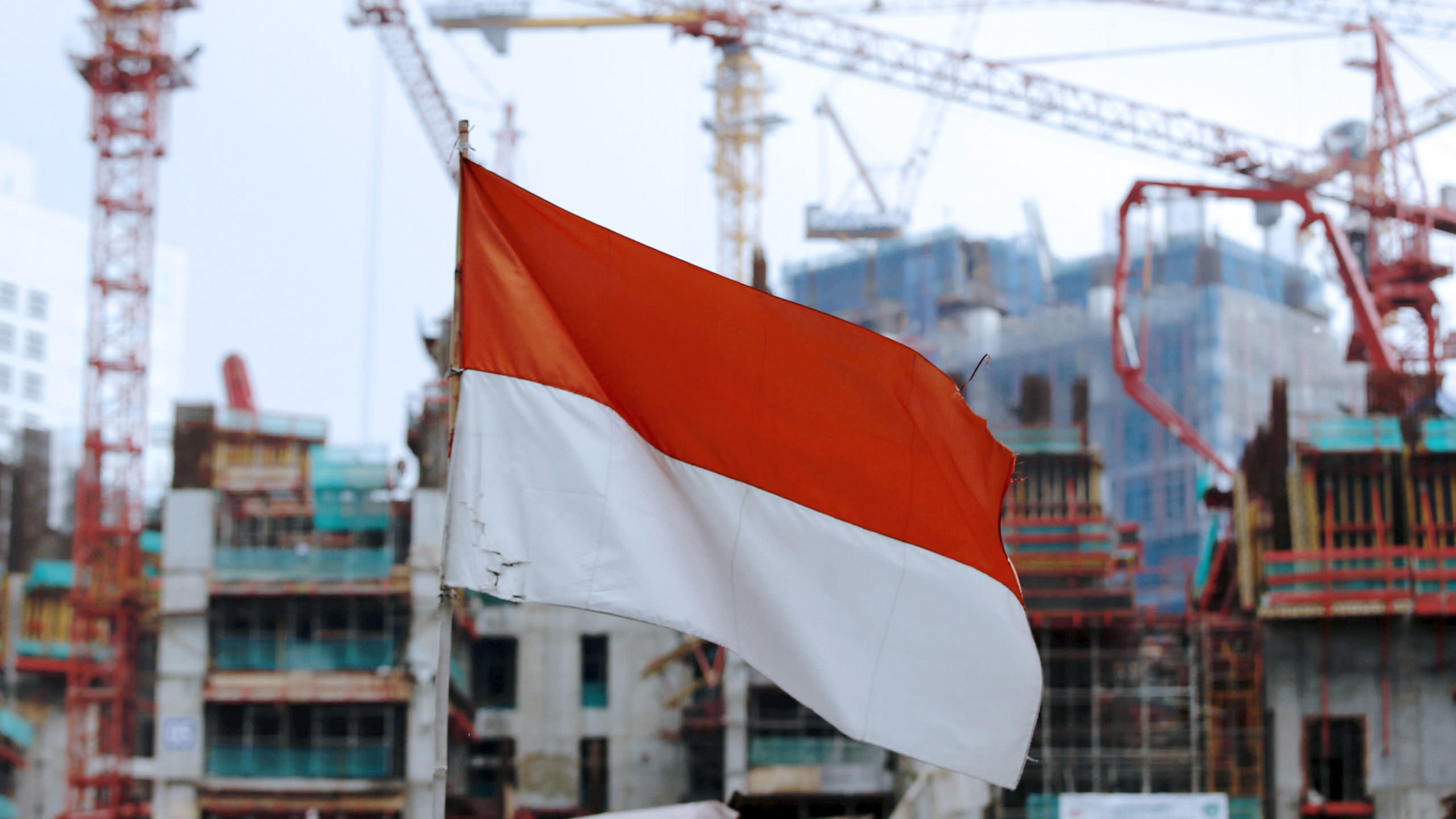Government spending soared an impressive 10.6 percent.The economy is expected to continue its growth trajectory, with an estimated range of 4.5 to 5.3 percent
By Lorenzo Riccardi
Indonesia's economy experienced robust growth in the second quarter of 2023, with a year-on-year increase of 5.2 per cent. This exceeded initial market expectations of a 4.9 per cent gain, showcasing the nation's economic resilience. Building upon the slightly revised 5 per cent expansion in the first quarter, this quarter marked the ninth consecutive period of economic growth and the most vigorous pace seen in the past three quarters.
One of the significant drivers of this growth was the acceleration in household consumption, particularly during the fasting month of Ramadan and the Eid-ul Fitr festivals. Household consumption surged to 5.2 per cent, a notable increase from the 4.5 per cent recorded in the first quarter. This festive season's positive influence on spending contributed significantly to the overall economic upswing.
Additionally, both government spending and fixed investment played pivotal roles in propelling the economy forward. Government spending saw an impressive uptick of 10.6 per cent, a substantial rise compared to the 3.4 per cent growth in the previous quarter. Fixed investment also displayed strong growth, expanding by 4.6 per cent, surpassing the 2.1 per cent growth seen in the previous period. These factors collectively underscored the government's commitment to stimulating economic activity.
However, the balance of trade didn't fare as well, as net trade exerted a negative influence due to declines in both exports (down by 2.7 per cent) and imports (decreasing by 3.8 per cent). These trade-related challenges highlighted the potential areas for improvement within the international trade landscape.
From a production perspective, multiple sectors demonstrated accelerated growth compared to the previous quarter. Agriculture, for instance, experienced an upswing of 2 per cent, a notable increase from the 0.4 per cent growth recorded in Q1. The manufacturing sector maintained its momentum with a growth rate of 4.8 per cent, up from 4.4 per cent. Similarly, the mining sector expanded by 5 per cent, outpacing the 4.9 per cent growth observed earlier. Other sectors like wholesale and retail trade (5.2 per cent growth), communication (8 per cent growth), and construction (5.2 per cent growth) all exhibited enhanced performance in contrast to the previous quarter's figures.
Looking ahead, the central bank's projection for this year indicates that the economy is expected to continue its growth trajectory, with an estimated range of 4.5 per cent to 5.3 per cent. This forecast highlights the authorities' cautious optimism about the country's economic prospects despite potential global uncertainties.
Comparing this with the previous year, Indonesia's economy expanded by 5.3 per cent in 2022, marking its most substantial growth since 2013. This previous growth milestone underscores the nation's ability to overcome challenges and tap into its economic potential.
In summary, Indonesia's economy showcased impressive growth in the second quarter of 2023, surpassing market forecasts. Driven by increased household consumption during festive seasons, robust government spending, and stronger fixed investments, the country's economic expansion remains on a positive trajectory. While trade posed some challenges, the overall production landscape demonstrated encouraging growth rates across various sectors. As Indonesia aims for continued growth in the face of uncertainties, its recent economic achievements build upon the substantial progress made in the preceding year.






